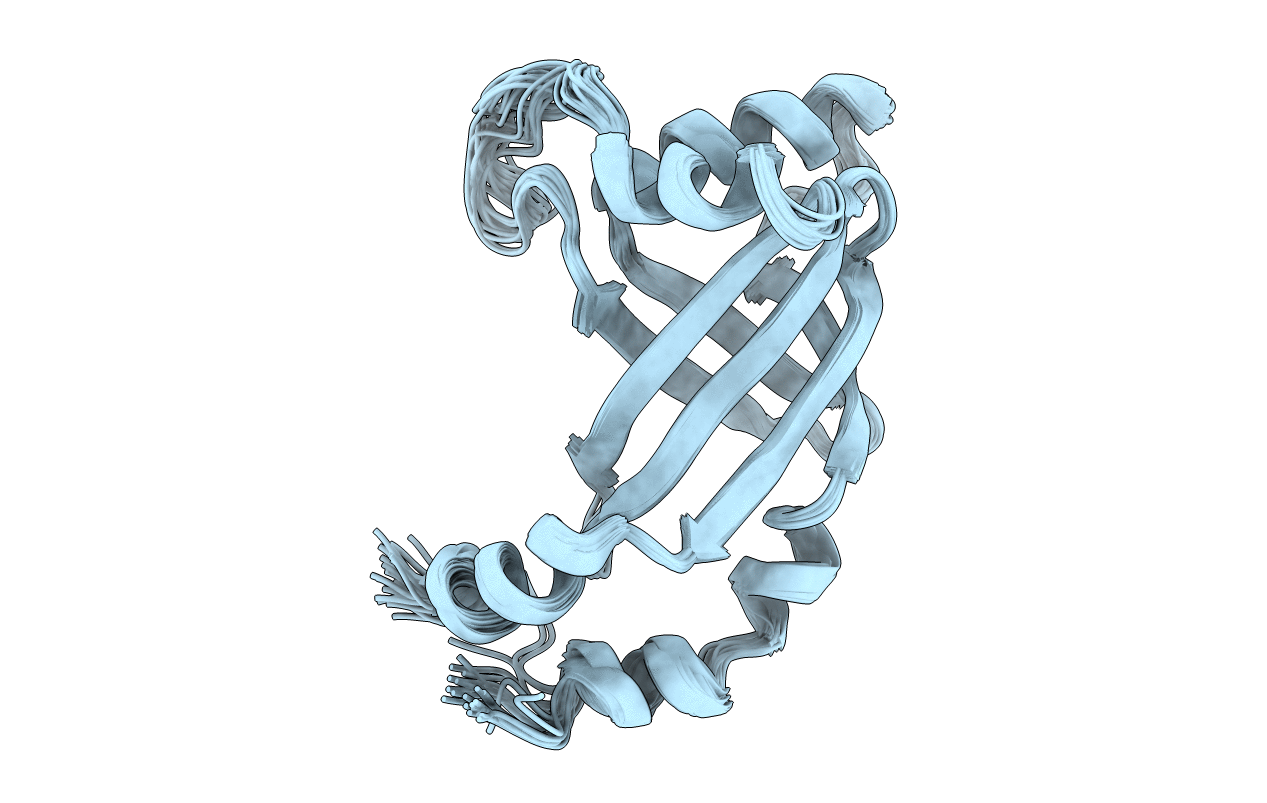
Deposition Date
1999-05-04
Release Date
2000-01-01
Last Version Date
2023-12-27
Entry Detail
PDB ID:
1CL3
Keywords:
Title:
MOLECULAR INSIGHTS INTO PEBP2/CBF-SMMHC ASSOCIATED ACUTE LEUKEMIA REVEALED FROM THE THREE-DIMENSIONAL STRUCTURE OF PEBP2/CBF BETA
Biological Source:
Source Organism:
Homo sapiens (Taxon ID: 9606)
Host Organism:
Method Details:
Experimental Method:
Conformers Calculated:
200
Conformers Submitted:
25
Selection Criteria:
LEAST CONSTRAINT VIOLATION


